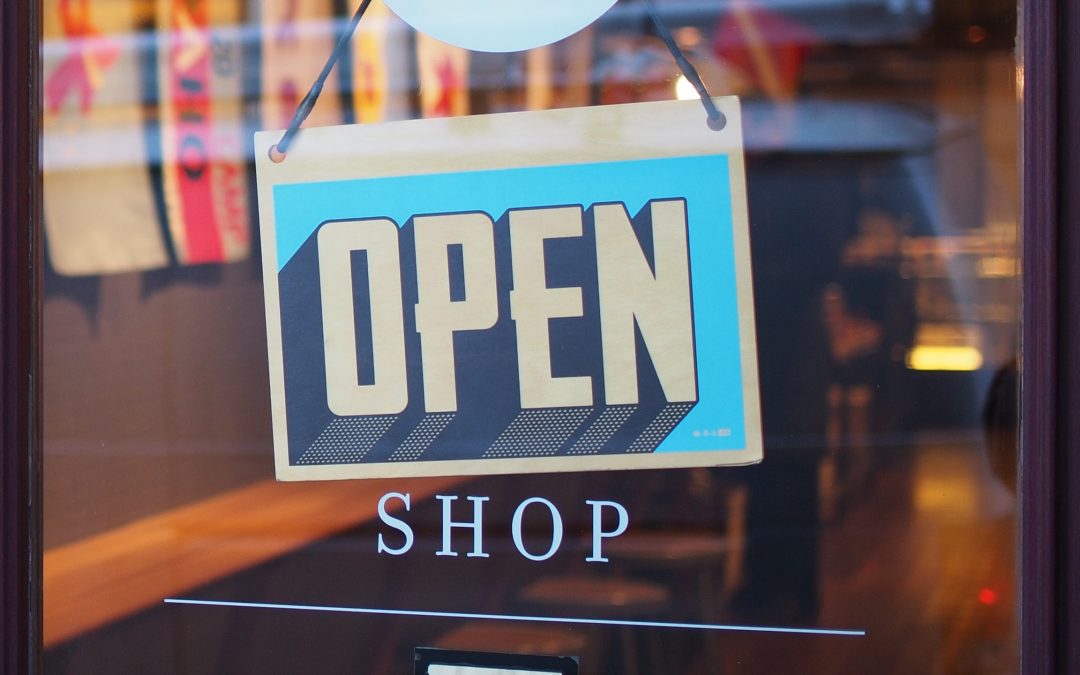Research from the US has found that 40 per cent of small businesses don’t trade after a major disaster and 80 per cent are closed two years after .
That itself is a disaster. But it doesn’t have to be that way.
FACTS & FIGURES
According to a special survey of 1308 Australian businesses in January by market research company Roy Morgan, more than a quarter (26 per cent) of Australian businesses have been affected either “A great deal’’ (7 per cent), “Somewhat’’ (10 per cent) or “A little’’ (9 per cent) by the recent bushfires.
For the 7 per cent that say their business has been affected “A great deal’’ by the bushfires, common impacts cited include:
- Cancelled bookings and events
- Lack of access to the business or properties because of the fires
- Staff not available for work because of diversion to fighting fires
- Air quality and smoke haze
- Lack of tourists
- Burned out entirely (some)
The 10 per cent who say their business has been “Somewhat’’ affected by the bushfires mention:
- Loss of income
- Employees sick from smoke
- Employees called away for reserve duty/fighting fires
- Employees unable to get to work
- Customers depressed and sad’
- Cancellation of jobs
The 9 per cent who say their business has been affected “A little’’ by the bushfires mainly refer to the:
- Smoke contamination and air quality
- Staff taking time off to volunteer
- Drop in customers as there are “Less tourists’’, “Less orders’’, and “Less money available for people to spend’’
Tourism is the largest industry impacted, with more than 40 per cent of businesses in the accommodation and food services sector, which includes travel and tourism, saying they have been affected either “A great deal’’ or “Somewhat’’.
About a third of businesses in the retail and property & business services industries have been affected, while there have also been disproportionately large impacts on manufacturing, transport, postal and warehousing, public administration & defence, education & training and recreation & personal.
Those on the East Coast – Victoria (39 per cent), NSW (31 per cent) and Queensland (23 per cent) – have been the most heavily affected by the bushfires/floods, while the impact of COVID-19 on Western Australia, South Australia and Tasmania has been worse than the bushfires and floods.
Roy Morgan CEO Michele Levine says although the post-bushfires “Australia is open for business’’ message has attracted much media attention, that doesn’t help all businesses.
“Unfortunately for those businesses in the areas that have been hit directly by the bushfires, this could mean the business has been completely wiped out or severely impacted by the lack of tourists and staff available for work as many have been off fighting the fires in these areas.’’
NSW has borne the brunt of the bushfires impact with more than a third of businesses affected.
NOT ALL BAD NEWS
However, this also means that nearly two-thirds of businesses in NSW haven’t been affected at all.
Therefore, the dire economic predictions are not a foregone conclusion – not if we help each other.
This is the sole purpose of the Help A Small Biz initiative.
Our free initiative connects bushfire-impacted small businesses to business buddies with skills and resources to share.
Has your small business been directly or indirectly impacted by the recent bushfires? Do you employ fewer than 20 people?
- To request help, business owners complete this simple form.
- To offer help, business employees complete this simple form.
Email [email protected] for more information.


Recent Comments